Nuclear weapons tests in the mid-20th Century left a hidden legacy within our cells – along with most living things on Earth. This "bomb spike" has proven surprisingly useful to scientists, helping them crack police investigations and bust brain myths. Now, it has provided a clever way to mark the start of the Anthropocene.
It's in your teeth. Your eyes and your brain too. Scientists call it the "bomb spike" (or "bomb pulse") – and for more than half a century its signature has been present inside the human body.
In the 1950s, there were so many nuclear bomb explosions above ground that it transformed the chemical make-up of the atmosphere – altering the carbon composition of life on Earth ever since, along with oceans, sediments, stalactites and more.
Unlike the direct radioactive fallout from the explosions, the bomb spike is not harmful. In fact, it's proven surprisingly helpful for scientists in recent years. Some have even gone so far as to describe it as the "mushroom cloud's silver lining".
Why? Evidence of the pulse is so ubiquitous that it can, among many other insights, tell forensic scientists when a person was born (or died), provide discoveries about the age of neurons in our brains, reveal the origin of poached wildlife, determine red wine vintage and even unlock the true age of centuries-old sharks (see box: "The bomb spike's multiple uses").
And now it may also help to define a new geological era. In July, a group of earth scientists recommended that its presence in a Canadian lake – along with other human-made markers from the mid-20th Century – should represent the official start of the Anthropocene.
So, what exactly is the bomb spike, and what can it reveal about us and the world?
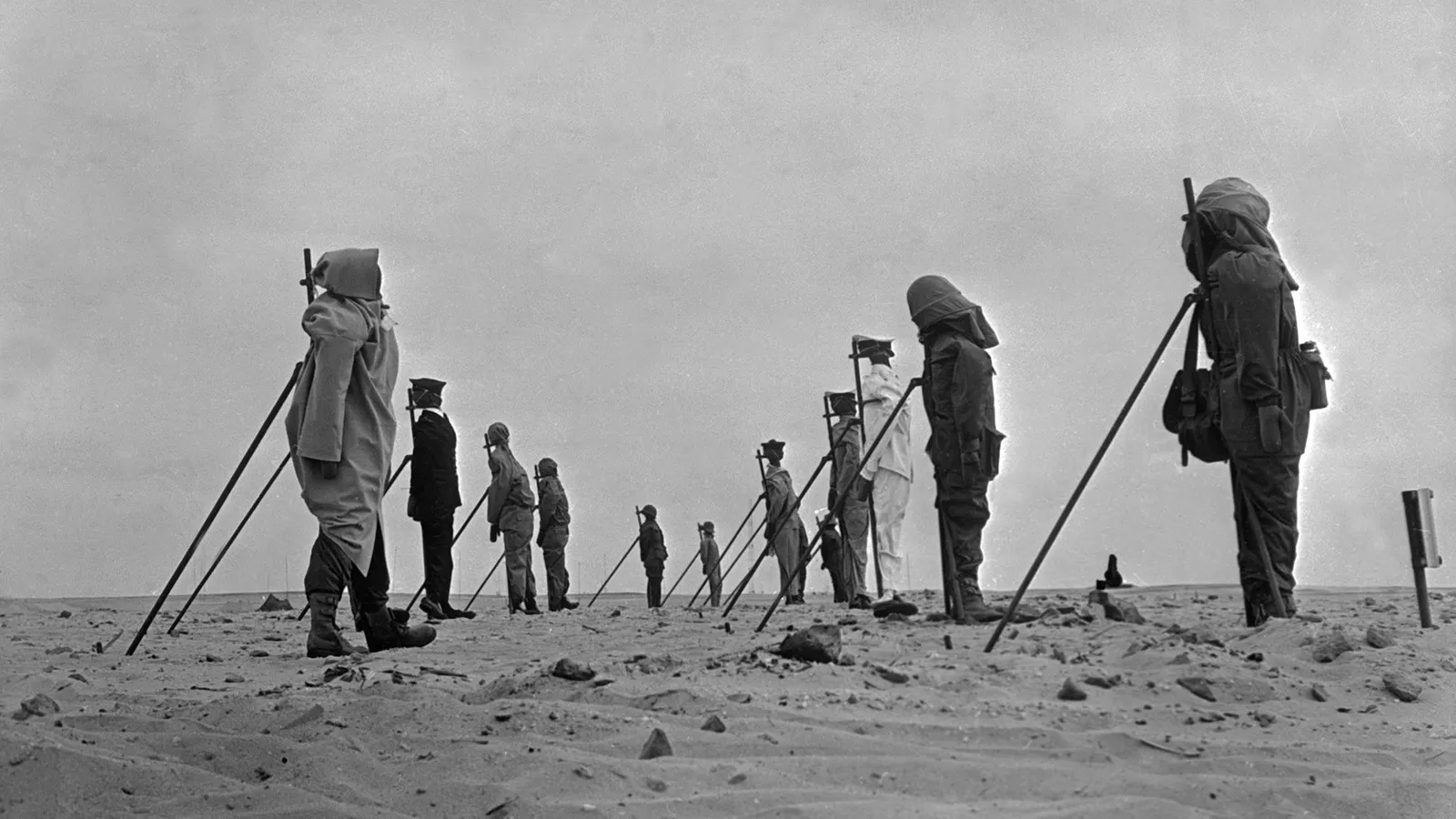
Dummies set up in Algeria, before France’s third atomic bomb test in 1960 (Credit: Getty Images)
Before the 1963 Nuclear Test Ban Treaty obligated signatory nations to test nuclear bombs underground, governments exploded hundreds of atomic weapons out in the open air. More than 500 of these blasts – mainly conducted by the US and Russia – spewed their contents into the atmosphere.
It's well-established that these tests spread radioactive material far and wide, harming humans and wildlife and rendering whole regions uninhabitable. Perhaps lesser known outside the scientific laboratory is that the bombs also reacted with natural nitrogen to form new isotopes – particularly carbon-14.
By the 1960s, overground bomb testing had produced almost twice the amount of carbon-14 in the atmosphere compared with previous levels. First the isotope entered water, sediments and vegetation, and then it passed along the food chain to humans. It has even reached organisms in the deepest ocean trench.
"In essence, every carbon pool on Earth which was in exchange with atmospheric CO2 since the late 1950s has been labelled by bomb carbon-14," writes Walter Kutschera of the University of Vienna, who published a review of the scientific applications of the spike in the journal Radiocarbon in 2022.
Back in the mid-20th Century, scientists noted the carbon-14 spike when atmospheric testing stopped, but it took decades for them to realise that the elevated levels might be useful. From the 1950s onwards, they had been using carbon-14 to date paleolithic remains or ancient texts, but that was based on its radioactive decay – known as radiocarbon dating. The isotope is unstable: it decays slowly into nitrogen with a half-life of 5,730 years. So, when a Neanderthal died, for instance, the quantity of carbon-14 in their bones and teeth would have started to gradually decline. Measure the extent of the decline, and you have a Neanderthal date of death.
Radiocarbon dating, however, tends to be limited to samples that are more than 300 years old, because of the isotope's slow decay rate. Any younger, and it hasn't decayed enough for an accurate date. Muddying recent dating further is humanity's introduction of additional CO2 into the atmosphere since the Industrial Revolution – the so-called Suess effect.
Around the turn of the century, however, researchers realised that the bomb spike could help them use carbon-14 in a different way – and crucially it allows for dating within the past 70-80 years.
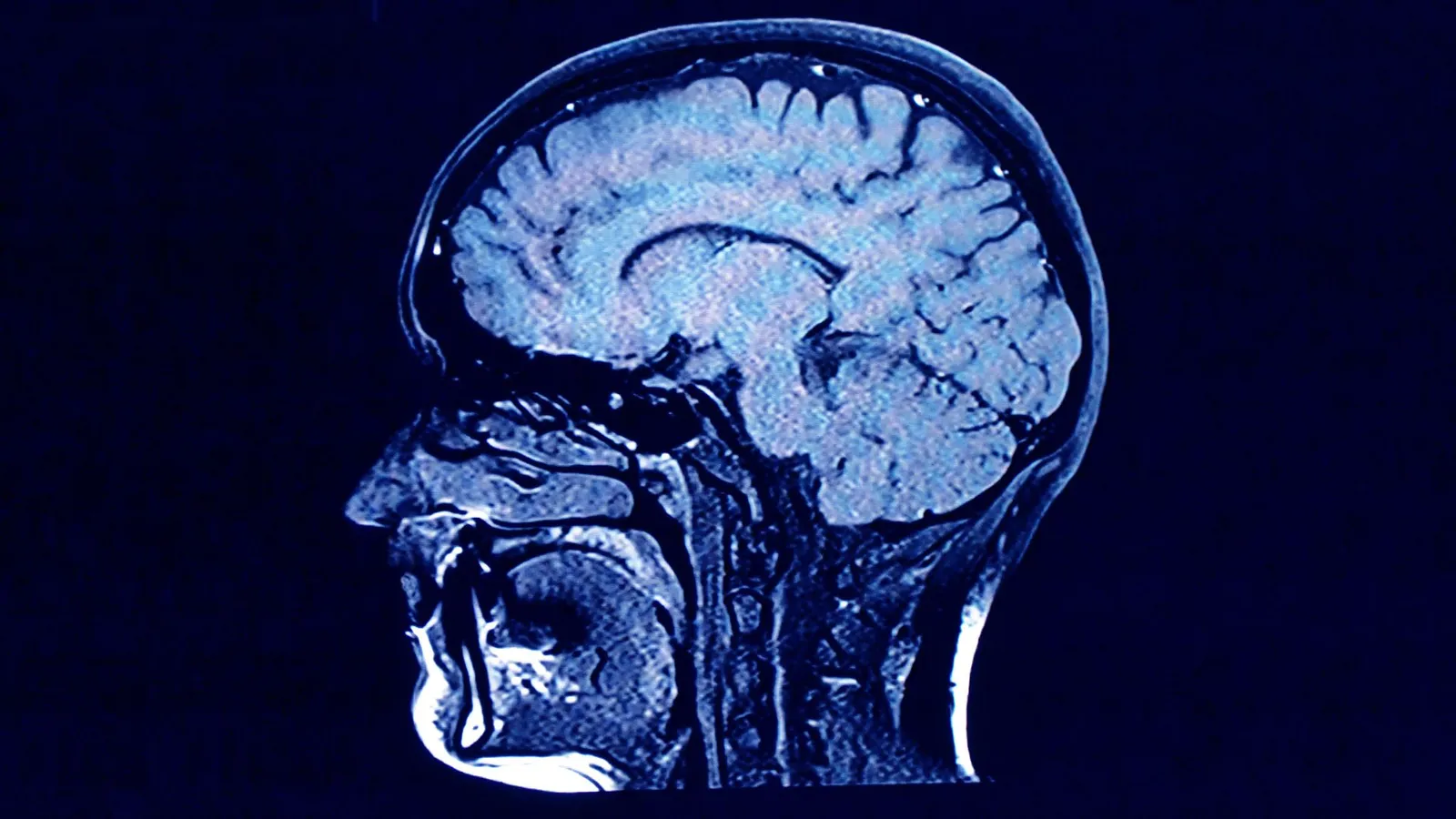
Do we produce new neurons in adult life? The bomb spike has helped provide answers (Credit: Getty Images)
Ever since the peak in the 1950s, levels of the isotope in nature (and human beings) have gradually declined. Scientists can therefore analyse the proportions of carbon-14 in any organic substance that has exchanged atmospheric carbon since the tests, and specify the window in which it formed, down to a resolution of one to two years.
And that includes you and me. If you were born in the 1950s, your tissues will have accumulated more carbon-14 than a 1980s child, but levels are only now approaching the pre-atomic state.
Forensic analysis
One of the earliest uses of the bomb spike was to assist crime investigators seeking to identify the age of unidentified human remains. Forensic scientists have found that they can measure bomb carbon-14 in teeth, bones, hair or even the lens of the eye to help them estimate how old a person was, or when they died, according to Eden Centaine Johnstone-Belford of Monash University and Soren Blau of the Victorian Institute of Forensic Medicine in Australia.
In a 2019 review, Centaine Johnstone-Belford and Blau cite multiple examples where the bomb spike has informed police enquiries. For example, in 2010 investigators used it to confirm a body found in a northern Italian lake had been dumped there by the killer the previous year.
The pair also point out that knowing the time since death can be "a vital determination in human rights abuse cases such as war crimes, genocide and extrajudicial killings". In 2004, for example, bomb spike dating of hair samples from a mass grave in Ukraine allowed investigators to identify a Nazi war crime that occurred between 1941 and 1952.
The bomb spike has also unlocked new scientific discoveries, revealing new insights about the cells in our bodies and brains. In 2005, the biologist Kirsty Spalding of the Karolinska Institute in Sweden and colleagues showed that it was possible to date the relative ages of our cells by analysing bomb carbon-14 within their DNA. Across several subsequent studies, she has used the technique to answer whether certain cells in our bodies have been around since birth, or whether they are continually replaced.
For example, in 2008 Spalding and colleagues showed that the body continually replaces fat cells called adipocytes as the cells die. The number of these fat cells, she found, stays constant across adulthood – which promises new ways to tackle obesity. "Understanding that this is a dynamic process opens up new avenues of therapy, which may include manipulating the birth or death rate of fat cells, in combination with exercise and diet, to help reduce the number of fat cells in obesity," she says.
In 2013, Spalding and colleagues also used the bomb spike to look at the turnover of brain cells. For many years, researchers assumed that the number of neurons was fixed in childhood, and indeed her earlier research had suggested that was the case in regions like the cortex. However, by using carbon-14 to date neurons within the hippocampus, she and her team confirmed that new neurons may be produced there throughout adult life.
Corroborated by other research, the possible existence of "adult neurogenesis" has proven to be one of the most important neuroscience discoveries of the past 20 years. While the science is far from settled, it has suggested new avenues for medical strategies that might prevent neuron loss via disease, or even increase the generation of new neurons.
Dawn of a new age
Finally, the bomb spike was recently nominated as one of several markers that could help to officially recognise the dawn of the Anthropocene – the new geological era defined by human activity.
Not long after the idea of the Anthropocene was floated, geologists began to discuss how to define its location on Earth with a so-called "golden spike" – a rock, ice core or layer of sediment where a new era begins in the stratigraphic record. Every major geological period has one. The beginning of the Holocene is marked by a particular ice core from the centre of Greenland. The base of the Jurassic begins in the Austrian Alps, at Kuhjoch pass in the Karwendel Mountains, where the smooth-shelled Psiloceras ammonite makes a first appearance. And one of the oldest golden spikes on Earth can be found in the Flinders Mountains of Australia, marking the start of the Ediacaran more than 600 million years ago – a period when the climate was periodically plunging into a "Snowball Earth".
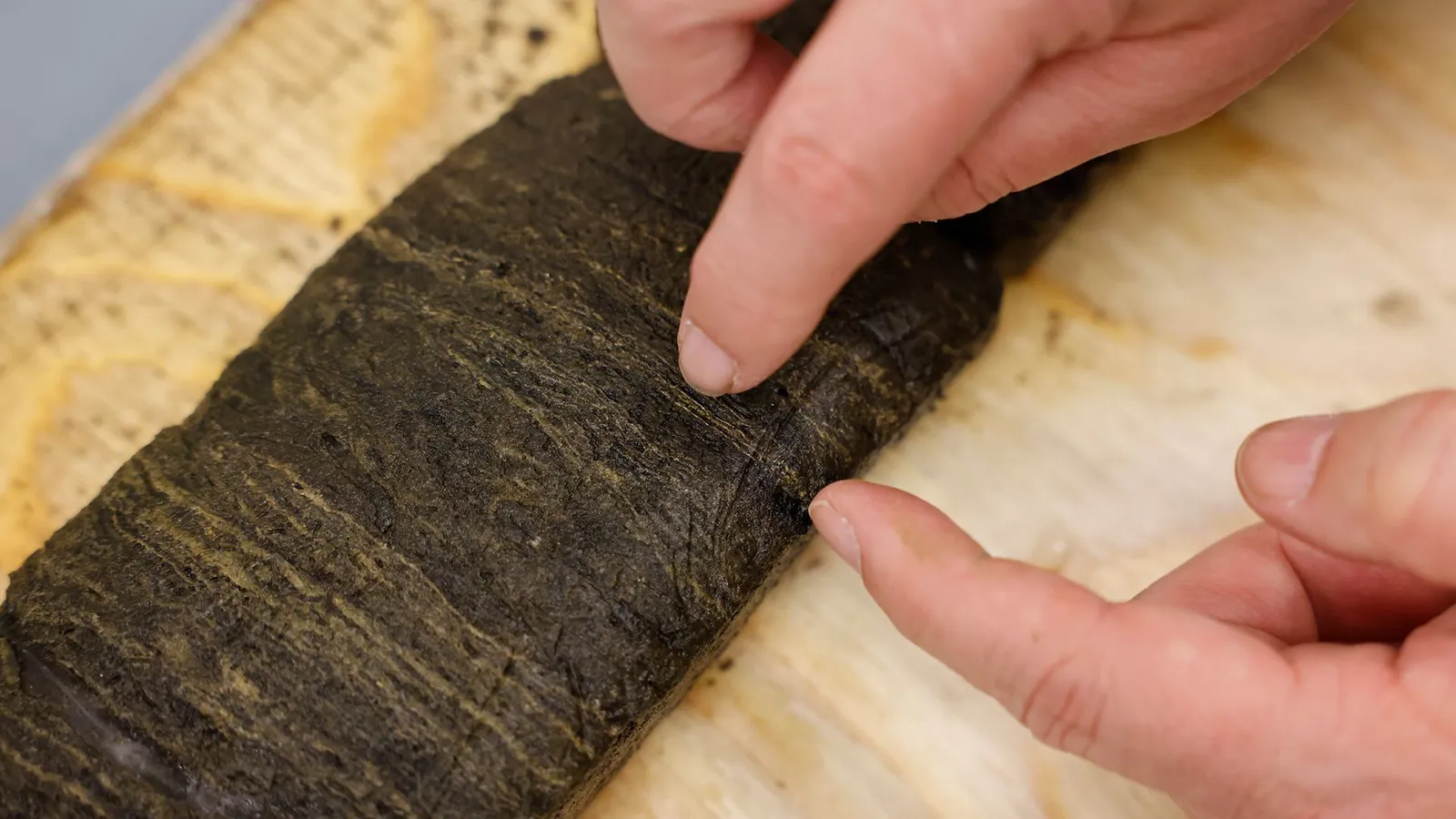
A scientist points at a Canadian lake core sample to indicate the Anthropocene period (Credit: Getty Images)
Over the years, various signatures of human activity have been explored as possibilities to mark the Anthropocene's dawn: it could have been the rise in methane caused by early farming thousands of years ago (seen in ice cores), evidence of early lead pollution from mining and smelting 3,000 years ago, or the rise in fossil fuel byproducts during the Industrial Revolution.
However, in 2016 the Anthropocene Working Group (AWG) – part of the organisation charged with making the decision – recommended the 1950s, when the carbon-14 bomb spike entered the geological record, along with other nuclear markers such as plutonium fallout and isotopes such as caesium-137 and strontium-90, as well as man-made deposits like spheroidal carbonaceous particles (SCPs), a type of fly ash produced by burning coal at high temperatures.
Not everyone agreed that selecting the 1950s was a good idea – indeed, one member of the group recently resigned in protest, arguing that profound human impacts began much earlier. However, the Working Group propose that the mid-20th Century marks a clear, recognisable point in geological strata when humanity made its presence in nature truly and fully known right across the globe. It also coincides, they say, with the "great acceleration" when our impact on the planet exploded through exponential rises in greenhouse emissions, water and land use, ocean acidification, fisheries exploitation, tropical forest loss, and more.
And the bomb spike will also last a long time, allowing geologists to see it in tens of thousands of years. "The radiocarbon signal will be detectable for about 60,000 years and is a fairly routine analysis," says geologist Colin Waters of the University of Leicester, who chairs the AWG.
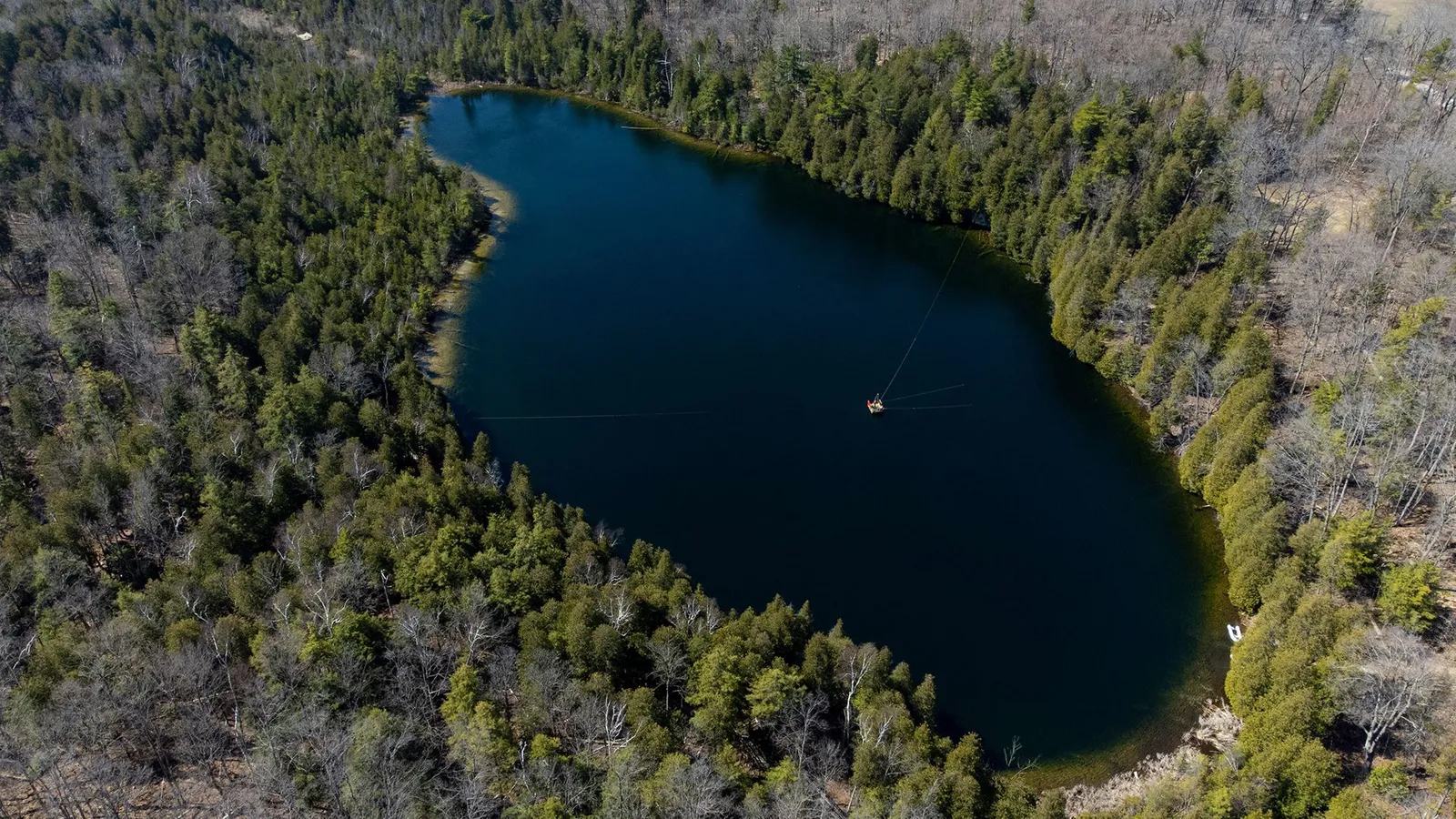
Crawford Lake in Canada has been recommended as the location that could officially mark the start of the Anthropocene (Credit: Getty Images)
The AWG studied 12 candidate locations that could host the official golden spike, including a cave in Italy where the bomb pulse and the other markers are encased in stalactites, an archaeological excavation in Vienna, a patch of peatland near the border of the Czech Republic and Poland, and a coral reef off the north-east coast of Australia.
Last month, they recommended a (perhaps soon-to-be infamous) "winner": Crawford Lake in Ontario, Canada. A core from the muddy lake sediments, featuring carbon-14, a particularly abrupt plutonium marker, and other man-made signatures, will be kept at a museum in the Canadian capital, Ottawa, accompanied by a brass plaque. (Read more: The Anthropocene: Canadian lake mud 'symbolic of human changes to Earth').
While the lake core is poised to become the official designation, if it's approved, it technically means that we too will hold one of the markers of the Anthropocene's dawn in our cells. Future generations won't, because the elevated carbon-14 has almost returned to previous levels. Therefore if tomorrow's archaeologists happen to study our preserved bodily remains, it might tell them about a unique point in history – a time of nuclear bombs, a great acceleration, and the century when humans began to have an impact on nature unlike any before.
- jabrwky
-

 1
1


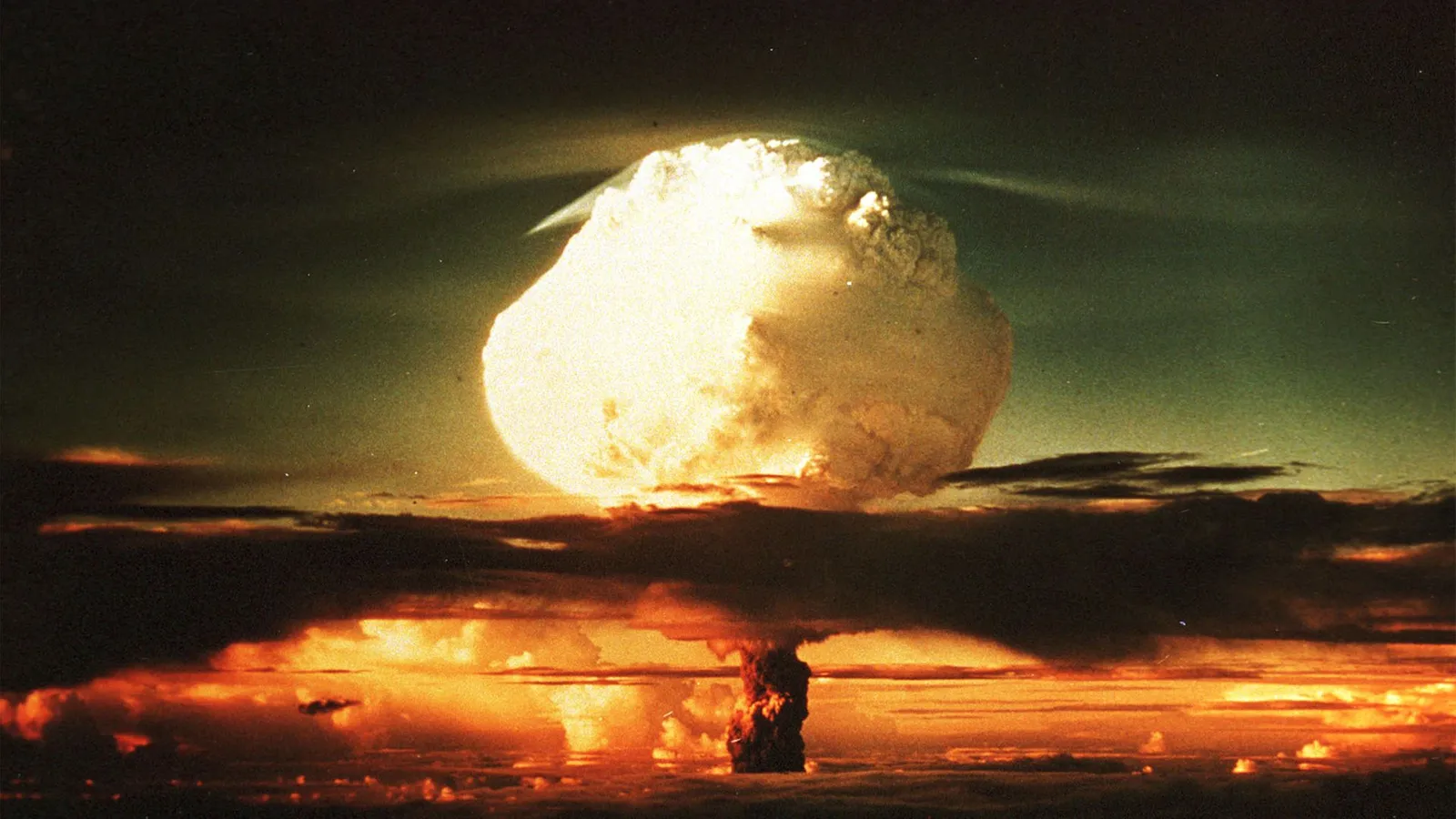

Recommended Comments
There are no comments to display.
Join the conversation
You can post now and register later. If you have an account, sign in now to post with your account.
Note: Your post will require moderator approval before it will be visible.